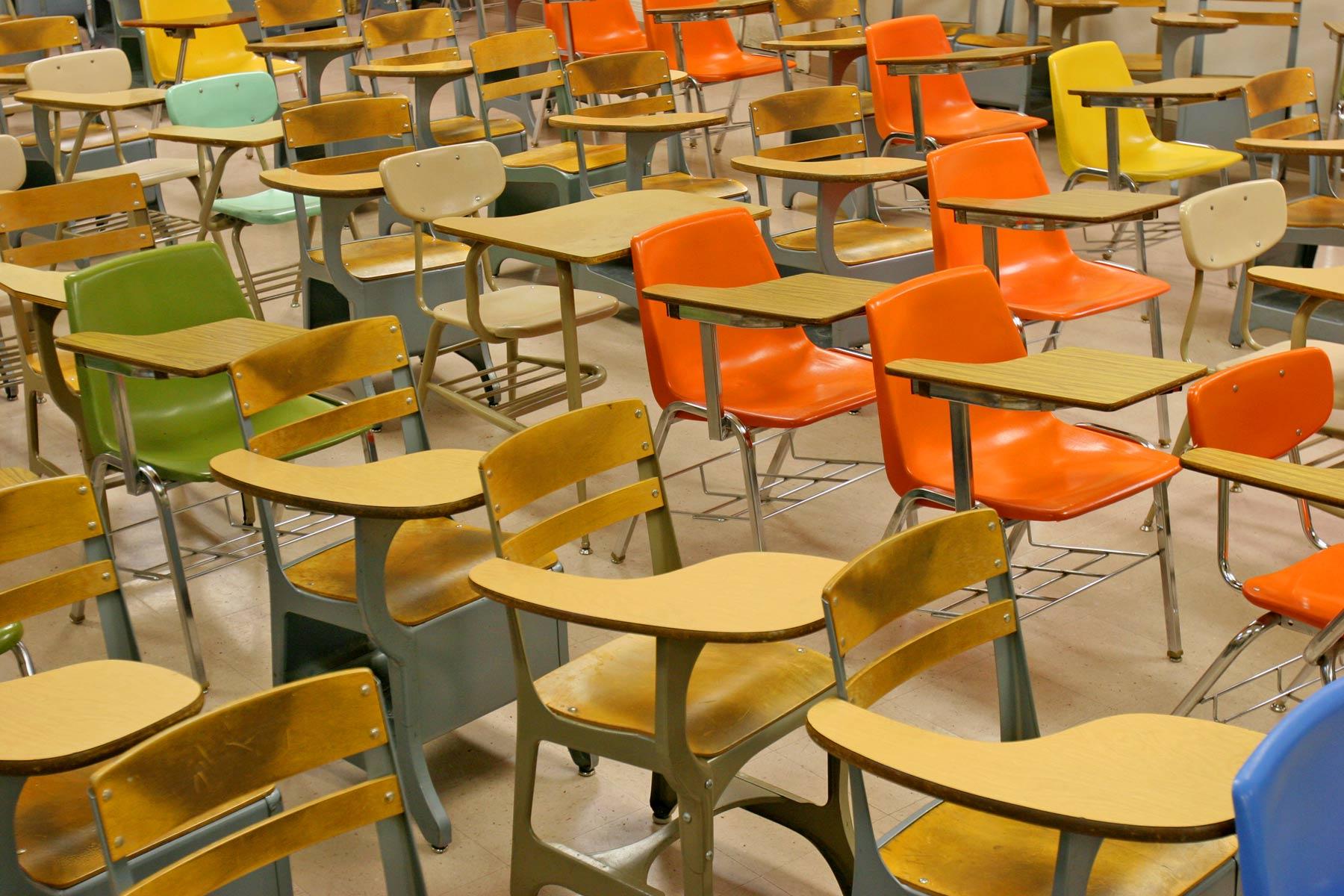
PBL. Is it really for me?
Designing "The Road to the Revolutionary War" through PBL
Designing a Plan for a Desired Outcome
I designed a PBL unit that integrated ELA, Social Studies, Art, P.E., and provided the opportinuty to invite professionals into the school from our community to share their expertise. The end result from the students was not only active engagement and increased unit test scores, but ownership and personal responsibility in their product.
Giving ownership to the students
PBL allowed me to work, unscripted, with my students, meeting them where there are as learners, and building upon that foundation. The PBL format provided students opportunity to discuss, write, revise and perform the topics being covered in social studies over the Revolutionary War. My overall assessment at the conclusion of the unit, was that the student engagement truly increased as did their personal responsibility in their own learning. They became the expert on their topics, and performed their work for over 400 people. Lastly, I noticed that PBL drastically impacted their desire to produce a higher quality of work.
Tableau
Mr. Hardison began by teaching the students, and me, how to examine a picture and identify details.
Next, he focused on how to give those details more thought. By having the students pose like the characters in the photo, they learned how to identify with the characters and determine what that person might be thinking or feeling. This type of assessment was extremely helpful. It provided a lot of insight on the students prior knowledge, as well as any content knowledge they might have. Being able to determine the depth of their content knowledge through this activity was so engaging for the students, and allowed them to speak openly with their peers.
Storyboards
After that, students met in their groups, and discussed their story boards. They identified the major characters in the scenes, and described the thoughts and feelings they gave to the people depicted in their work.
Finally, the students began to form one final story board for each group. At this point the students had to begin working together to decide what stayed and what was eliminated. Finally, together in their groups, they began writing scripts that would ultimately be acted out for a large audience.
Time for Reflection
An unexpected tribute to their hard work
How is PBL different from traditional teaching?
5th graders presentation of: The Road the Revolution
Student creativity, student responsibility, and student buy-in
Still not convinced?
I am already planning my next PBL unit, and would like to work with other educators to create meaningful outlet for students. Please contact me if you have any questions about my unit, or if you have an idea you would like to share with me. You can clearly see how benificial PBL was to my students.
Email: susan.harrison@franklin.kyschools.us
Website: Franklin.kyschools.us
Location: 300 Copperleaf Blvd, Frankfort, KY, United States
Phone: (502)695-6955
Twitter: @Harrison5thgrd







